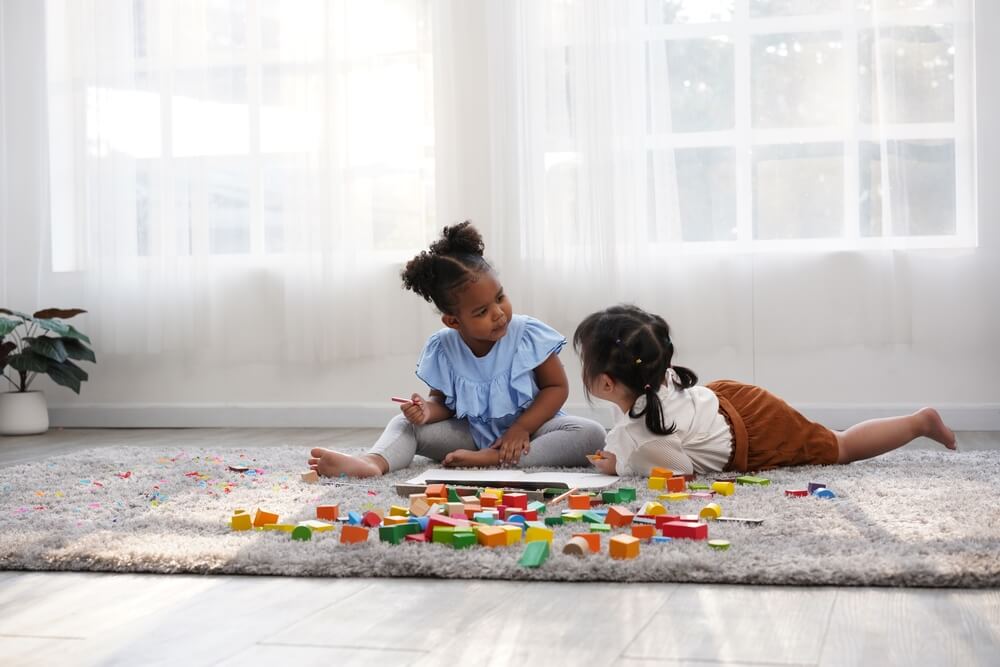
Practicing Kindness and Boundaries
What If My Kid Doesn’t Want to Be Friends with Someone?
Throughout childhood, kids are taught to be kind and treat others as they would like to be treated. But what if your daughter or son prefers not to be friends with someone? Maybe she feels bad after spending time with this person. Or, for a variety of reasons, it’s not a good fit.
This question comes up often. And it’s a tough one for kids to navigate because they may be in the same class, part of the same social group, or on the same team.
How do parents encourage their kids to be kind while also helping them respond to their own needs? How do kids find space in relationships they don’t want to cultivate?
Essentially it requires balancing kindness with boundaries. This is a learned skill that requires social awareness, empathy, and practice. To start, it helps to discuss the importance of “kindness in shared spaces.”
Kindness in Shared Spaces
Shared spaces include public places where people gather, such as schools, teams, and groups. Some shared places are filled with kindness; others are not, making it easy for kids to follow suit.
For example, imagine a middle school team where a group of kids ignores the rest of the teammates. Or, imagine a lunchroom filled with gossip, glares, and whispers. It can feel like a private party in a public space where some people are not invited.
Through guidance and role-modeling, parents, teachers, coaches, and communities help kids learn how to navigate shared spaces with kindness. To support their learning, it is helpful to identify behaviors to avoid in shared spaces.
Behaviors that Diminish Kindness in Shared Spaces:
- A few kids whispering to each other in front of their team or classmates
- Spreading negative gossip or rumors
- Not allowing a person to sit at a table
- Name-calling, labels, or rude comments that degrade others
- Body language (like eye rolls or glares) that belittles someone
Yes, all of these behaviors are pretty common. As kids and teens grow and develop social-emotional skills, mistakes and unkind behavior happen. We are all learning as we go.
Kindness in Shared Spaces While Maintaining Boundaries
If your child does not want to cultivate a friendship with someone, that is okay—they are not going to like and can’t be friends with everyone. These situations are an opportunity to practice kindness in shared spaces while learning how to maintain boundaries.
Parents can remind kids that they can put more energy into the friendships they want to grow and they can cultivate these friendships outside of school. But it is essential to be kind, especially in shared spaces.
What does this look like in practice? Being kind while—
- Politely declining an invitation to hang out
- Avoiding name-calling and turning others against the person
- Responding to conflict in a way that does not add more meanness to the situation
Being kind while maintaining boundaries is an essential skill that helps build a culture of kindness. Parents and schools play a vital role in this. It takes steady effort, but it’s worth it. The world needs more kindness.
About the Author: Jessica Speer’s award-winning book, BFF or NRF (Not Really Friends)? A Girl’s Guide to Happy Friendships grew out of her friendship program that strengthens social awareness and helps kids navigate common struggles. She has a master’s degree in social sciences and explores social-emotional topics in ways that connect with pre-teens and teens. To learn more, visit www.JessicaSpeer.com.
